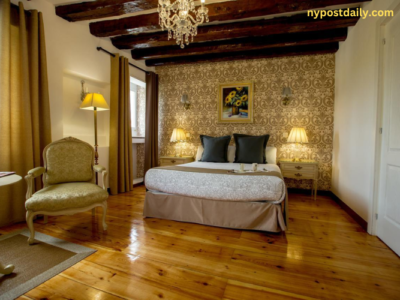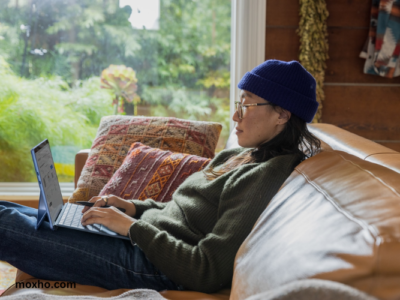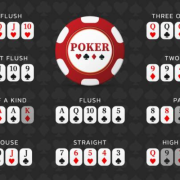Becoming an interior designer without a formal degree is a challenging yet achievable goal. It requires a combination of self-education, practical experience, and a strong portfolio to demonstrate your skills and creativity. Here’s a comprehensive guide on how to become a interior designer without a degree.
- Understanding the Basics of Interior Design: Begin by self-educating on the fundamentals of interior design. Utilize resources like online courses, books, magazines, and blogs to learn about design principles, color theory, space planning, furniture styles, and the history of interior design. Websites like Coursera, Udemy, and YouTube offer free or low-cost courses that can provide a solid foundation.
- Developing a Keen Eye for Design: Pay attention to the design elements in everyday environments. Observe how spaces are organized, how colors interact, and how lighting affects the mood. This observational practice helps in developing a critical eye for design and understanding how various elements come together to create a cohesive space.
- Practical Experience: Gain practical experience by starting with projects in your own home or offering to help friends and family with their design needs. This hands-on experience is invaluable and allows you to apply what you’ve learned in real-world settings. Document your work before and after to build a portfolio.
- Building a Portfolio: A strong portfolio is crucial for an interior designer, especially without a formal degree. It should showcase your best work, including photos of spaces you have designed, mood boards, sketches, and any other materials that demonstrate your design skills and aesthetic sense.
- Networking and Building Relationships: Networking is key in the interior design industry. Attend design expos, join online forums, and engage with local design communities. Building relationships with suppliers, contractors, and other designers can lead to collaborations and job opportunities.
- Learning Relevant Software: Familiarize yourself with interior design software and tools such as AutoCAD, SketchUp, and Adobe Photoshop. These tools are essential for creating professional-looking design presentations and visualizations.
- Starting Small and Building Experience: Begin with small projects and gradually take on more complex assignments as your confidence and portfolio grow. Consider working as an assistant to a seasoned designer or at a design firm to gain industry experience.
- Keeping Up with Trends and Continuing Education: The world of interior design is always evolving. Stay updated with the latest trends, materials, and technologies. Continuously educate yourself through workshops, webinars, and industry publications.
- Marketing Yourself: Create a strong online presence through a professional website and social media. Showcase your portfolio, share design tips, and engage with potential clients and the design community online.
- Considering Certification: While a degree may not be necessary, certain certifications can enhance your credibility. Look into certification programs offered by organizations like the National Council for Interior Design Qualification (NCIDQ) or the American Society of Interior Designers (ASID).
Conclusion
In summary of how to become a interior designer without a degree, becoming an interior designer without a degree is about leveraging your passion for design, being proactive in learning and gaining experience, and effectively showcasing your skills. It’s a path that demands dedication, creativity, and a willingness to continuously learn and adapt. With determination and hard work, you can establish yourself in the interior design industry and turn your passion into a successful career.


















Comments